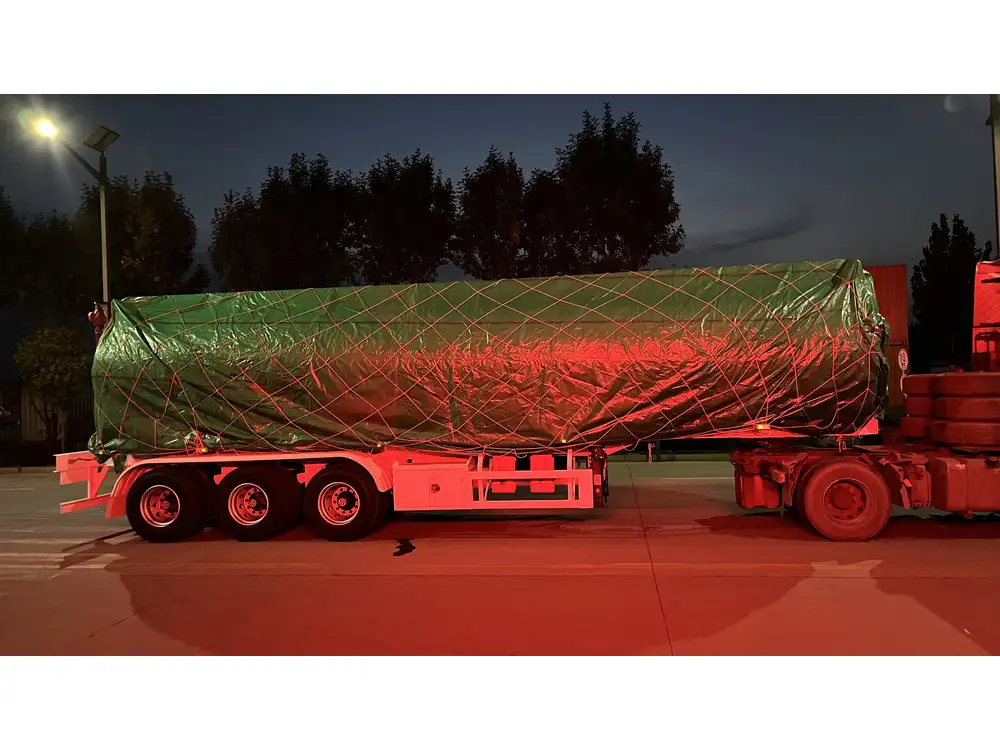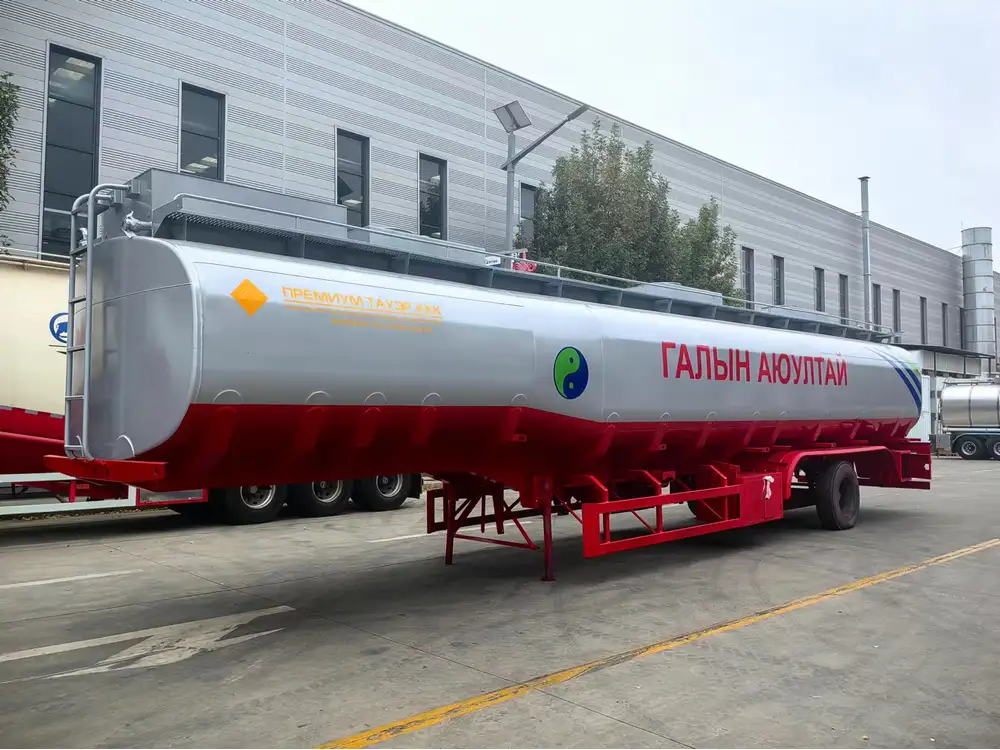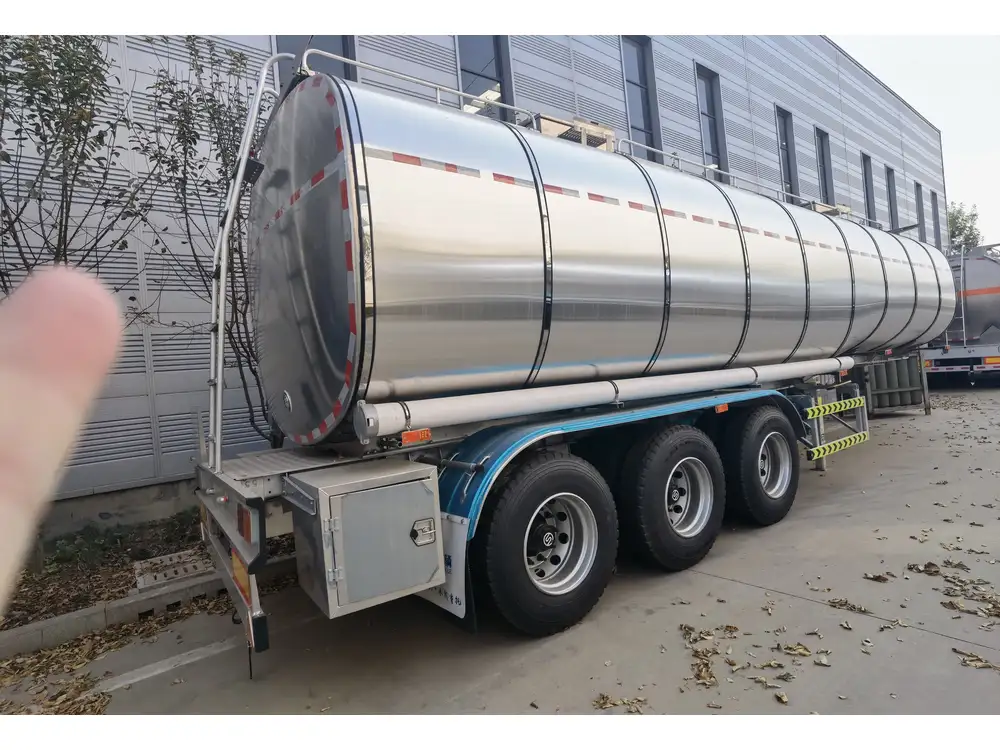In the sprawling landscape of global trade, the significance of oil product tankers cannot be overstated. These vessels play a pivotal role in the transportation of petroleum products, ensuring that nations and businesses are equipped with the resources necessary for their operation. As demand surges and markets evolve, businesses in Sudan are keen to invest in high-quality oil product tankers. This article delves into the nuances of acquiring an oil product tanker for sale in Sudan, illuminating the myriad factors potential buyers must consider.
Understanding the Oil Market in Sudan
Economic Overview
Sudan’s economy, ripe with potential, is increasingly becoming dependent on oil exports. Since the separation from South Sudan in 2011, the focus has shifted towards internal production and exportation. The establishment of intricate supply chains built around oil has led to growing interest in suitable transportation solutions.
| Economic Indicator | Value |
|---|---|
| Oil Production (bpd) | Approximately 70,000 |
| Main Export Partners | China, Egypt, and more |
| Major Oil Fields | Melut Basin, Abiad Basin |
Understanding this economic backdrop is paramount for potential purchasers looking to invest in an oil product tanker in Sudan. As the market thrives, securing efficient transportation has become a strategic necessity.
Types of Oil Product Tankers
When considering the purchase of an oil product tanker, it’s essential to recognize the various types available in the market. Each type is designed for specific roles within the oil transportation industry.

1. Chemical Tankers
These are versatile ships that can transport a variety of liquid cargoes, including refined petroleum products.
2. Bitumen Tankers
Specially designed for transporting bitumen, these tankers handle the thick, viscous petroleum product used in road construction.
3. Product Tankers
The most common type for the transportation of refined oil products. They vary in size, with capacity ranging from approximately 5,000 DWT (deadweight tonnage) to over 80,000 DWT.

Comparison Table: Types of Tankers
| Type of Tanker | Cargo Type | Capacity (DWT) | Typical Use |
|---|---|---|---|
| Chemical Tanker | Various liquids | Varies | Multi-purpose transportation |
| Bitumen Tanker | Bitumen | 5,000 – 25,000 | Construction material |
| Product Tanker | Refined oil products | 30,000 – 80,000 | General oil transportation |
Factors to Consider Before Purchase
Before making a decision, interested buyers must undertake extensive due diligence to ensure their investment is sound.
1. Condition and Age of the Vessel
Newer vessels typically offer the latest safety features and fuel efficiency but may come at a premium. Conversely, older vessels may provide cost savings but may require more maintenance, which could lead to unscheduled downtimes.

2. Compliance with International Regulations
Compliance with international maritime regulations is non-negotiable. Prospective buyers must ascertain that their chosen vessel adheres to the International Maritime Organization (IMO) standards.
3. Tanker Size and Capacity
Depending on the volume of oil product your business intends to transport, the size and capacity of the tanker should align with operational needs.
4. Market Trends
Understanding current market dynamics can provide vital insights into the long-term viability of your investment. This encompasses geopolitical factors, pricing trends, and potential future regulations impacting oil transport.

The Purchase Process: Steps to Acquire an Oil Product Tanker
Navigating the purchase of an oil product tanker for sale in Sudan may seem daunting, but with a structured approach, it can be a seamless process:
Step 1: Research
Thoroughly research potential manufacturers or dealers. For example, CarMax Vehicle is renowned for producing top-tier semi-trailers and has expanded to include tankers in their offerings.
Step 2: Inspect the Tanker
Conduct a comprehensive inspection of the vessel. Hiring a marine surveyor is advisable, ensuring that aspects such as structure integrity and safety measures meet industry standards.

Step 3: Negotiation and Purchase Agreement
Negotiate terms and ensure all details are explicitly stated in the purchase agreement. Take cognizance of warranties, included equipment, and delivery conditions.
Step 4: Financing
Evaluate financing options available for asset acquisition. These could include loans, lease agreements, or direct purchase arrangements.
Step 5: Register Your Vessel
After purchase, the vessel must be registered with the relevant authorities in Sudan. Compliance facilitates legal operations and protection under maritime laws.

Maintenance and Management of Oil Product Tankers
Post-purchase, the effective management of an oil product tanker is crucial for maximizing investment. This encompasses routine maintenance, crew training, and operational efficiency to reduce costs and enhance safety.
Routine Maintenance Schedule
Adhering to a consistent maintenance schedule can prolong the life of the vessel and prevent costly repairs.
| Maintenance Activity | Frequency |
|---|---|
| Hull inspection | Every 1-2 years |
| Engine checks | Bi-annual |
| Lifeboat and safety drills | Monthly |
Crew Training Programs
Investing in crew training programs ensures that personnel are well-versed in operational protocols, safety measures, and emergency procedures.

Conclusion: Securing Your Investment
Investing in an oil product tanker for sale in Sudan represents a significant commitment. However, with careful consideration, planning, and execution, it can also yield substantial returns. As the landscape of oil production continues to evolve, aligning with a reputable manufacturer like CarMax Vehicle can further enhance the viability and success of your investment.
Frequently Asked Questions (FAQs)
What is the average cost of an oil product tanker in Sudan?
The cost can significantly vary, ranging from a few million to tens of millions of dollars, depending on size, condition, and specifications.

How do I finance an oil product tanker purchase?
Various financing options are available, including traditional bank loans, leasing agreements, and seller financing. Consulting with financial advisors is recommended.
What are the operational costs associated with an oil product tanker?
Operational costs typically include fuel, crew salaries, maintenance, insurance, port fees, and regulatory compliance expenditures.
Can I customize the tanker according to my requirements?
Yes, many manufacturers allow for customization based on specific operational needs, ensuring that the tanker aligns with your logistics strategy.












Reviews
There are no reviews yet.